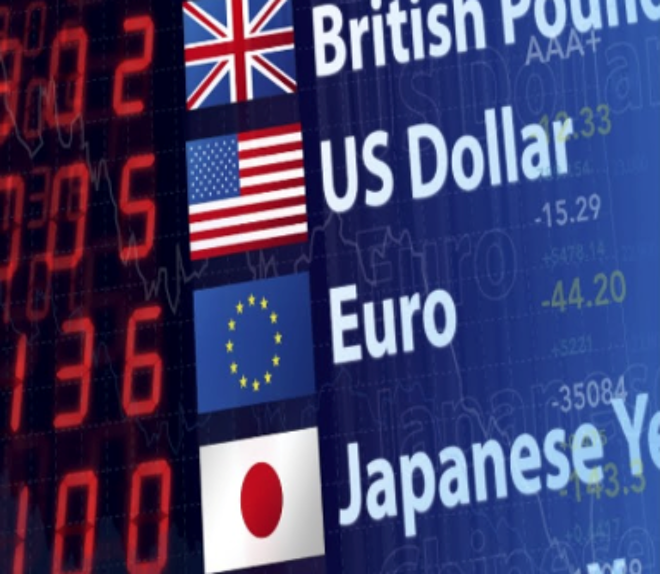Advertisement
Advertisement
Main Themes to Watch in ‘The Four Majors’ Until Year End
By:
The first half of 2016 has been an interesting and volatile year in the global currency market. Probably the most talked about event has been the UK’s EU
The first half of 2016 has been an interesting and volatile year in the global currency market. Probably the most talked about event has been the UK’s EU referendum, where the British public surprisingly voted to leave the European Union. This resulted in extreme volatility in the British pound and several other currencies in the wake of the referendum results, which have traders paying close attention, readying themselves to capitalize on opportunities to come.
EUR/USD
A weakening of the euro due to the uncertainty of whether or when the United Kingdom will leave the European Union is very likely to continue. The European Central Bank is not in a position to raise interest rates, while the US Federal Reserve is expected to raise rates once before the end of the year.
Furthermore, the US dollar has seen quite a bit of safe having buying due to the uncertainty surrounding the ‘Brexit’ vote, as investors are still digesting what that will mean for financial markets and global growth.
GBP/USD
A weakening of the British pound against the US dollar is expected to continue if the British government invokes article 50 of the Lisbon treaty and starts the process of leaving the European Union. Currently, the UK government is holding off and assessing what a ‘Brexit’ will really mean for its economy, its trade relations and its people. The development surrounding a potential ‘Brexit’ will dictate the pound’s volatility in the remaining six months of the year. If the British parliament decides to start the two-year process of leaving the European Union, the pound will likely weaken further. Analysts at investment bank Morgan Stanley believe that GBP/USD could go as low as 1.20 by the end of the year.
However, should the UK government decide not to trigger article 50 and decide not to leave the EU, a subsequent jump of 10% in the pound against other currencies in the cards. As the uncertainty of Britain’s future in the EU will continue to loom for a while, it will be important to keep a close eye on this currency pair as it will stay volatile throughout the remainder of the year.
USD/JPY
The yen has strengthened substantially against the dollar in the first six months of the year, which is not something the Japanese central bank likes to see. Japan’s economy relies greatly on exports. Hence, the Bank of Japan prefers a weaker currency. Following the results of the ‘Brexit’ referendum the yen strengthened further, 15% against the British pound and 2.6% against the US dollar. Japan’s Prime Minister Shinzo Abe stated last Monday that he has instructed his Finance Minister Taro Aso to closely watch currency markets and intervene in the country’s currency if necessary.
As the Japanese yen is considered a safe haven currency, if market volatility continues, due to ‘Brexit’ infused uncertainty and sluggish global growth, more funds will stream into Japan’s currency. Therefore, many trading analysts believe that a continued strengthening is likely to occur in the second half of 2016.
USD/CHF
The Swiss franc is another safe haven currency that strengthened aggressively in the wake of the Brexit results. Many investors put funds in the CHF as a hedge against Brexit risk, as suggested by investment bank HSBC. This turned out to be a smart move and many money managers followed suit once the results of the ‘Brexit’ referendum were announced.
Both the US dollar and the Swiss franc are safe haven currencies and therefore will rise on continued market uncertainty. Furthermore, the Swiss National Bank regularly intervenes in the currency market. Hence, it will be a currency pair to be very careful with, as high volatility will likely prevail in the coming six months, and a clear direction will be hard to identify.
About the Author
Guestauthor
Latest news and analysis
Advertisement
